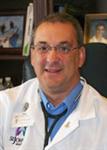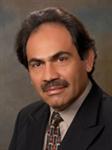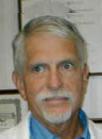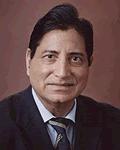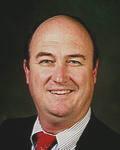Clinical electrophysiology (interventional arrhythmology) are engaged in the examination and treatment of diseases:
- Bradyarrhythmias. This group includes diseases relating to so-called "sick sinus syndrome" and "AV block 2 and 3rd degree." On the basis of symptoms and survey data (ECG, Holter ECG monitoring) arrhythmology concludes whether or not it is necessary to implant a permanent pacemaker. Typical simtomov are rare heart rate (or periodic deceleration rate), dizziness, fatigue, increase in symptoms of heart failure (weakness, shortness of breath). Consultation arrhythmology should immediately if you experience fainting or headed.
- Tachyarrhythmia. A large group of supraventricular tachycardias can be cured with catheter ablation success rate greater than 90%. These arrhythmias are paroxysmal AV junctional tachycardia, arrhythmia when reciprocal WPW-syndrome (orthodromic and antidromic tachycardia), typical atrial flutter. With appropriate equipment successfully cured atypical atrial, ectopic tachycardia intraatrial, some forms of non-ischemic ventricular arrhythmia and ventricular tachycardia.
- Sudden cardiac death. Currently, electrophysiologists able to determine the risk of SCD in each case and to determine indications for implantation of cardioverter-defibrillator - a device capable of interrupt life-threatening rhythm disturbances - ventricular tachycardia and ventricular fibrillation.
- Unexplained fainting. In cases where the are excluded possible causes of syncope, are conducted intracardiac EPS.
Indications for heart EPS:
1. Identification of patients at high risk for sudden arrhythmic death.
2. Diagnostics of origin and mechanism of transient or complex arrhythmias.
3. Evaluation of the function of the sinus and atrioventricular nodes, His-Purkinje system, characteristic of of the electrical properties the myocardium of the atria and ventricles, and their impact on the development of arrhythmias.
4. Selection of a particular method of treatment of arrhythmias (medications, surgery, catheter ablation, implantable devices - ECS, KVDF or device anti tachycardia).
5. Estimation of efficiency antiarrhythmic therapy and / or a variety of nonpharmacological treatment of arrhythmias.
6. Determination of the development of cardiac arrhythmias.
Relative contraindications to EPS are: unstable angina; uncontrolled heart failure; disorders of blood clotting; expressed electrolyte disturbances, stenosis of left main coronary artery over 75%, a high degree of valvular or subvalvular aortic valve stenosis, the first 4 days of acute myocardial infarction.
How to prepare for EPS
In some cases, EPS conducted on an emergency basis. Most often it is planned in advance, giving you time to prepare. Research carried out in the operating X-ray. General principles include:
• The last meal the evening before the EPS (12 hours of hunger, but least for an emergency - 4 hours).
• In The catheter insertion site (an inguinal and subclavian area) should be shaved hair.
• The night before the study carried out intestines clarification.
• Ask your doctor whether you should take medication in the morning.
• All antiarrhythmic drugs are canceled for 2-3 days prior to the study (five half-lives) to Cordarone is 28 days.
• If you have diabetes, ask your doctor if you should take insulin or other peroral hypoglycemic drugs before the test.
hide
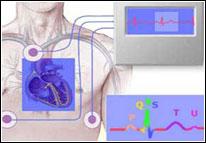 Electrophysiological study (EPS) of the heart - a systematic analysis of intracardiac records the electrical activity of all its cameras at the beginning of the study during sinus rhythm and tachycardia, study the electrophysiological properties of the conduction system of the heart and atrial and ventricular myocardium with different methods of electrical stimulation of the heart and their response to physiological and pharmacological intervention.
Electrophysiological study (EPS) of the heart - a systematic analysis of intracardiac records the electrical activity of all its cameras at the beginning of the study during sinus rhythm and tachycardia, study the electrophysiological properties of the conduction system of the heart and atrial and ventricular myocardium with different methods of electrical stimulation of the heart and their response to physiological and pharmacological intervention. 